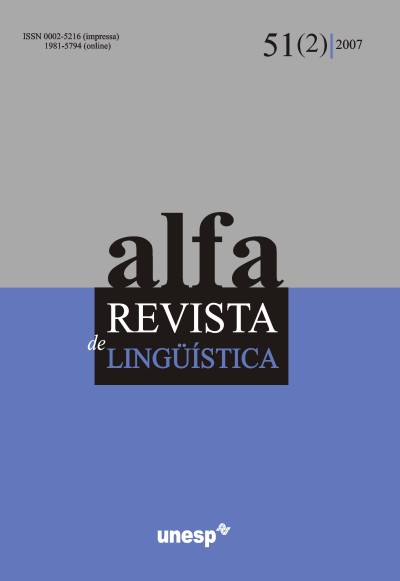Morphosyntax and its generation in Functional Discourse Grammar: what can be learned from Role and Reference Grammar?
Keywords:
Functional Discourse Grammar, Functional Grammar, Role and Reference Grammar, Morphosyntax, Linking Algorithms,Abstract
The morphosyntactic level in Functional Discourse Grammar (FDG) is currently underdeveloped. The aim of the present paper is to make proposals relevant to the structure of the morphosyntactic level in this theory, and to how the interpersonal (pragmatic) and representational (semantic) levels of the grammatical component map on to it. These proposals rely heavily on a second structural-functional theory, Role and Reference Grammar (RRG). It is suggested that morphosyntactic structures in FDG need to be much more like the layered structures of RRG, and that given appropriate additions to the representational level which have been shown to be needed cross-linguistically, FDG could then adopt (or adapt) the semantics-to-syntax linking algorithms of RRG in order to provide a generative interfacing mechanism between the interpersonal and representational levels, on the one hand, and the morphosyntactic level on the other.
Downloads
Downloads
Published
How to Cite
Issue
Section
License
Manuscripts accepted for publication and published are property of Alfa: Revista de Linguística. It is forbidden the full or partial submission of the manuscript to any other journal. Authors are solely responsible for the article's content. Translation into another language without written permission from the Editor advised by the Editorial Board is prohibited.

